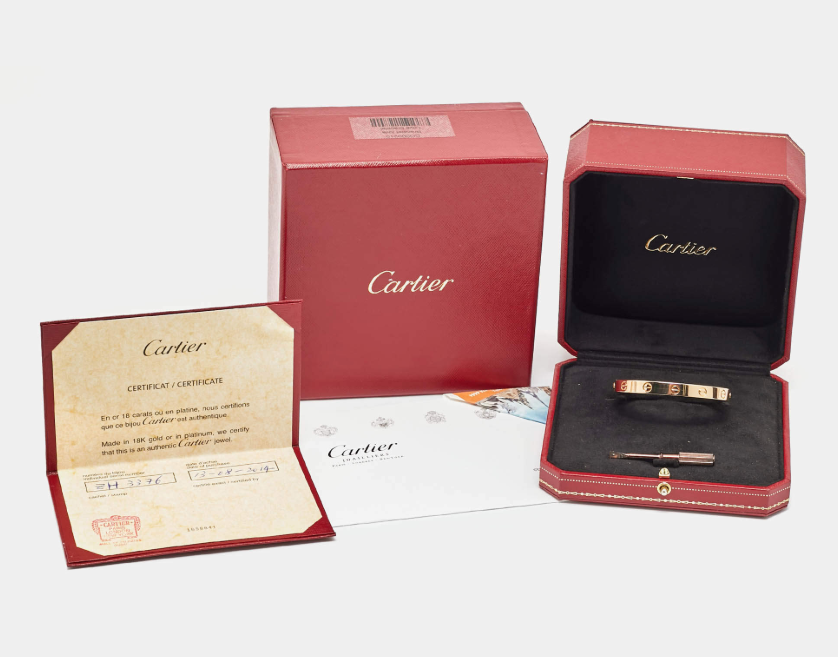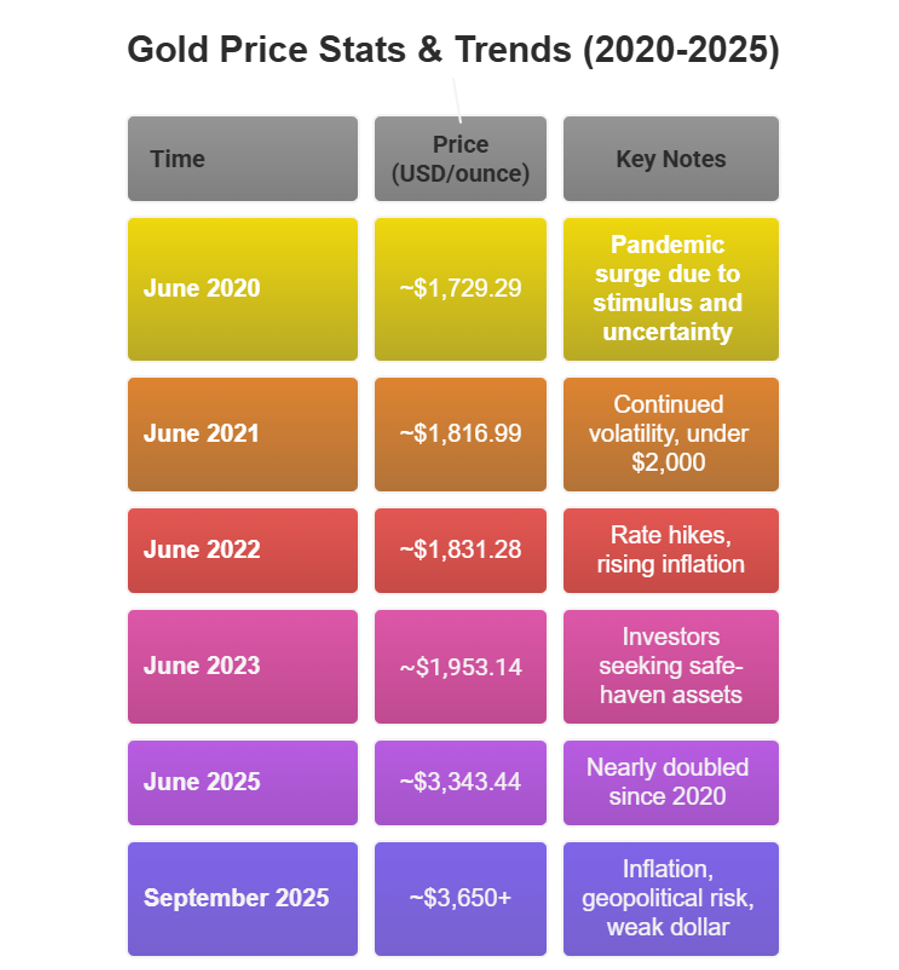Gold’s Timeless Role as a Store of Value and Status Symbol
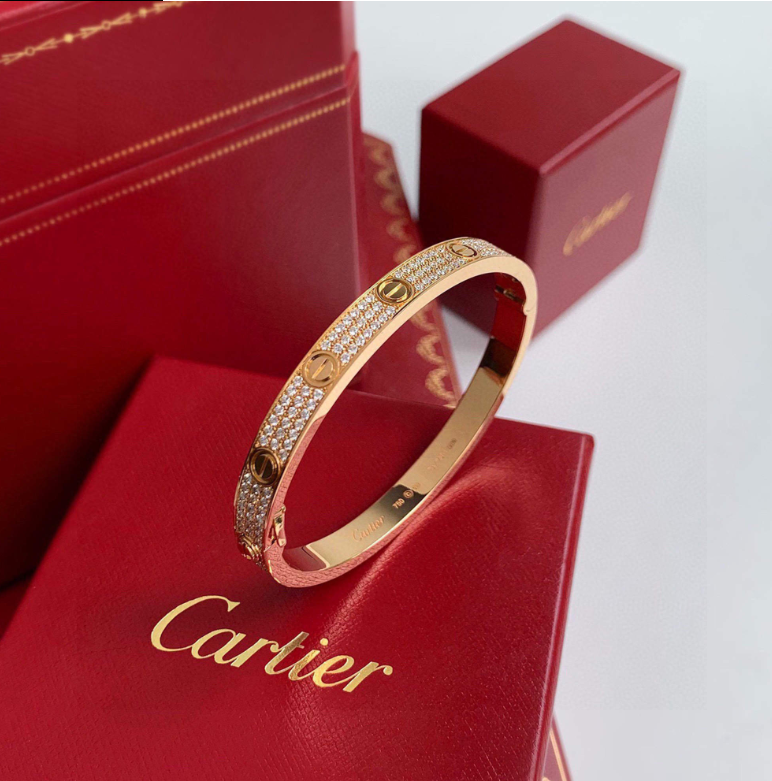
Cartier’s iconic gold Love Bracelet was priced at approximately €7,950 ($8,470) in November 2024. As of October 2025, it currently sells for over €8,600 (roughly $9,150), representing a price increase of ~8.2% in 11 months. It’s not just the brand’s timeless appeal but also the result of the global surge in gold prices. So, whatever explains this spike, one thing is for sure: owners of gold are in for a win.
Gold has captivated humanity for millennia, serving as both a store of wealth and a symbol of prestige. From ancient kings adorning themselves with gold to modern investors diversifying portfolios, this yellow metal’s shimmer remains unmatched.
In 2025, gold has recently soared to a record $3,800 per ounce, with analysts predicting it could soon breach $4,000. Expectations of Federal Reserve rate cuts, massive central bank buying, and a weaker U.S. dollar have fueled the rally. Amid economic and geopolitical turbulence, gold has risen to become a premier investment, blending financial security with aesthetic appeal.
Historical Perspective: Civilizations and Their Trust in Gold
Since ancient Egypt and Mesopotamia, gold has been a universal symbol of wealth and power. Civilizations from the Romans to the Incas valued gold for its rarity, durability, and luster. It backed currencies like the gold standard until the 20th century, cementing its role as a trusted asset. Even today, central banks continue to hoard gold reserves, underscoring its enduring reliability. This scarcity—where all gold ever mined could fit into a 22-meter cube—ensures it can’t be easily debased, unlike fiat currencies or industrial metals.
Price Performance: Gold’s Skyrocketing Value
Gold prices have exploded in 2025, driven by economic uncertainty, inflation fears, and geopolitical risks. Since January 1, the spot price has increased by 45% to a record $3,831 per ounce as of late September—outpacing all major asset classes and marking the metal’s strongest year since 1979, when it surged 126% during Iran’s revolution and the oil crisis.
As of September 30, prices have eased slightly to around $3,806 per ounce amid profit-taking but remain near all-time highs after touching $3,871 earlier in the day, with monthly gains of over 9% and year-to-date returns at 43%. Recent inflows have reached record levels, with $17.6 billion poured into gold over the past four weeks alone, according to Bank of America data. Analysts, such as those at Deutsche Bank, forecast further gains, raising their 2026 target to $4,000 per ounce. Meanwhile, UBS predicts $4,200 by mid-2026, while Goldman Sachs warns of a potential $5,000 if Fed independence erodes.
Is the Gold Price Hike the Result of Global Political Tensions — Greedflation or Real Inflation?
In 2025, gold’s meteoric rally isn’t just about economics — it’s about fear, power, and perception. Geopolitical flashpoints have reignited gold’s centuries-old role as a crisis currency. Fears of a U.S. government shutdown, the protracted Russia–Ukraine conflict, and fresh friction between Moscow and NATO have prompted investors to seek safety, and nothing can be as safe as gold.
At the same time, Donald Trump’s revived trade war rhetoric, tax overhaul plans, and open criticism of the Federal Reserve have rattled markets, driving the U.S. dollar down nearly 9% year-to-date and accelerating de-dollarization. Central banks — particularly China’s — are hoarding gold at record levels, adding 900–950 metric tons annually, as they diversify away from U.S. Treasuries.
But here’s where the story deepens: not all of gold’s surge is pure inflation. Some analysts refer to it as “greedflation” — a phenomenon where investor speculation and retail FOMO exacerbate legitimate macroeconomic concerns. In other words, the psychology of panic has become part of the price. With ETF inflows surging and Fed rate cuts looming, this cocktail of politics, profit, and paranoia has propelled gold up over 43% in 2025 alone.
For investors, the takeaway is clear: in times when fiat currencies wobble and markets spin on headlines, gold — and gold jewelry — become the calm in the storm. And few things embody that duality of beauty and security, resilience and resale, quite like a pre-owned Cartier Love Bracelet, where the value lies as much in its craftsmanship as in its karats.
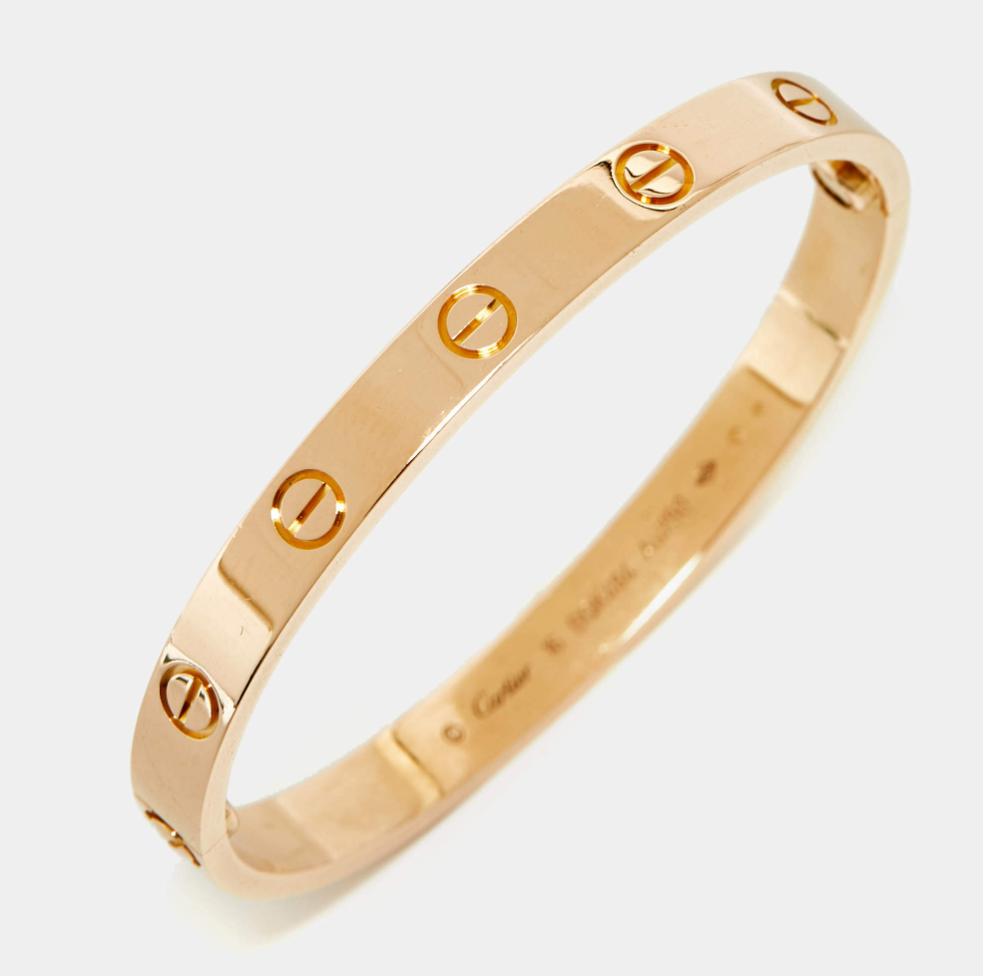
Core Reasons Gold Outshines Other Assets
Gold’s dominance isn’t an accident of history — it’s a masterclass in resilience. While tech stocks crash, real estate cools, and crypto collapses under its own volatility, gold simply glows through it all. Here’s why it remains the undefeated heavyweight of wealth preservation in 2025:
1. Stability in Storms
When economies wobble, gold doesn’t just hold the line, but rallies. Gold’s safe-haven status thrives in crises, as history repeatedly proves — from the 1979 oil shock, when it soared 126% in a single year, to the 2020 COVID pandemic, when prices hit $1,729 per ounce amid global chaos. Returning to the present, in 2025, fears of a U.S. slowdown and escalating geopolitical risks prompted investors to seek the metal’s safety, driving it to record highs. Unlike equities or property, gold doesn’t rely on earnings reports or tenants — just enduring trust.
2. The Ultimate Inflation Hedge
Inflation erodes paper wealth; gold preserves it. As the U.S. dollar sank nearly 9% this year, gold’s real value surged in tandem. With central banks cutting rates and fiscal discipline waning, investors are shifting toward tangible assets that can’t be printed, hacked, or defaulted on.
3. A Truly Global Currency
Gold is borderless. Whether you’re in New York, Mumbai, or Dubai, its worth translates instantly — no exchange rates, no politics. Central banks from China to Turkey are accelerating their gold accumulation, quietly reducing exposure to the dollar and reinforcing gold’s role as the only universally trusted reserve.
4. Liquidity Meets Legacy
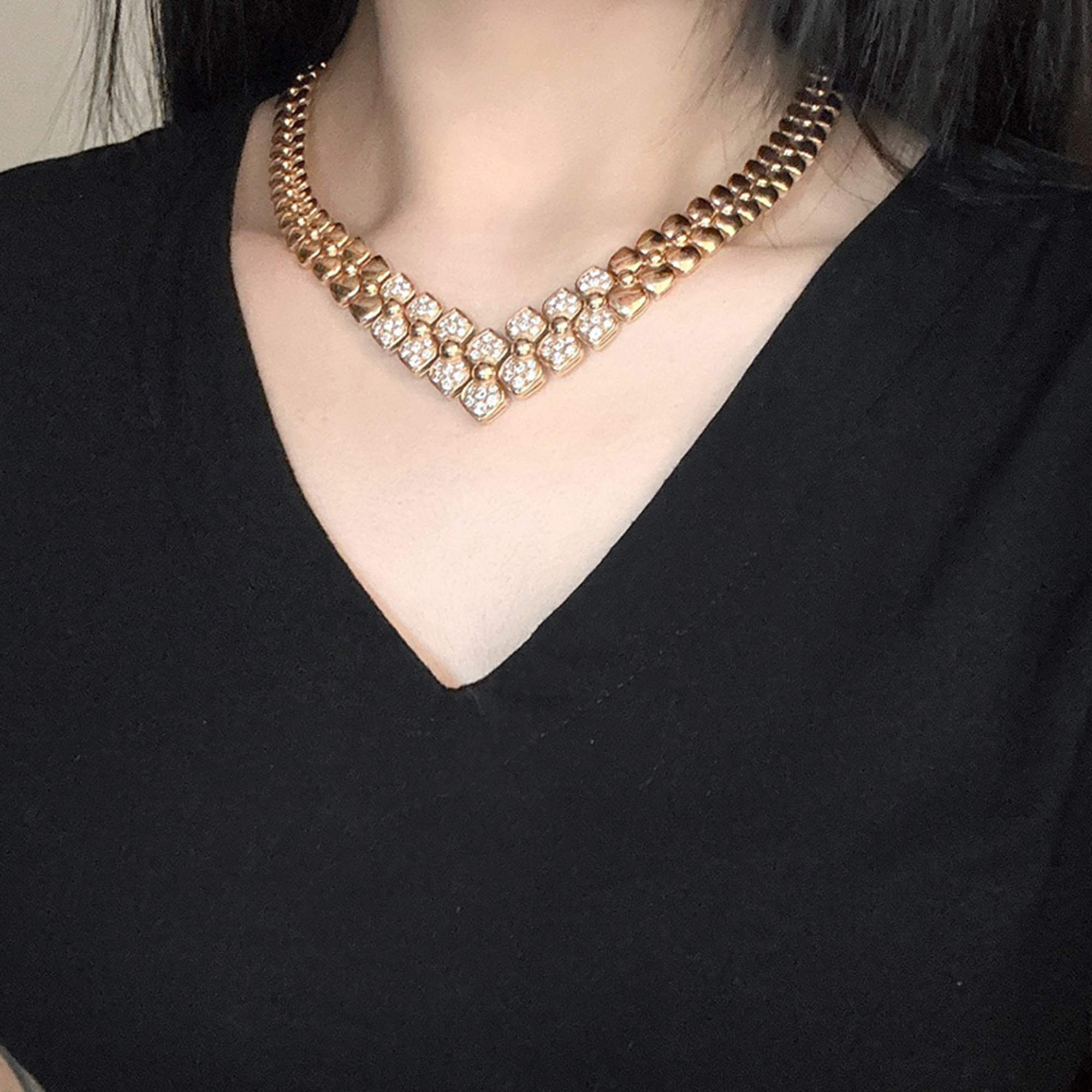
Gold is one of the most liquid assets on the planet — and when shaped by master artisans, it transcends liquidity to become legacy. Pre-owned Van Cleef & Arpels, Cartier, and Bulgari pieces seamlessly blend gold’s inherent value with artistic craftsmanship, allowing them to be worn, cherished, and resold without losing their appeal.
How This Impacts Prices of Pre-Owned Gold Jewelry (e.g., Cartier)
When gold prices increase significantly, the raw gold content in pieces (such as bracelets, necklaces, rings, and earrings) becomes more expensive in proportion to the total value. For brands like Cartier and Bvlgari, whose luxury pieces often feature high-karat gold (18k, 22k), this means that even older pieces retain a higher base material value.
- Resale premium increases:
Since buyers of pre-owned Cartier know that craftsmanship and brand also matter, the rise in material cost adds to the intrinsic worth. So resale prices (especially for gold-heavy or all-gold pieces) tend to benefit.
- Brand cautious and limited hikes:
Some brands, such as Richemont (which owns Cartier), have admitted they are wary of raising retail prices too quickly, even when gold costs rise, to avoid pricing themselves out of certain markets. However, in the second-hand market, sellers and platforms (like The Luxury Closet) have more flexibility — material costs are baked into what buyers are willing to pay.
- Condition & style still matter:
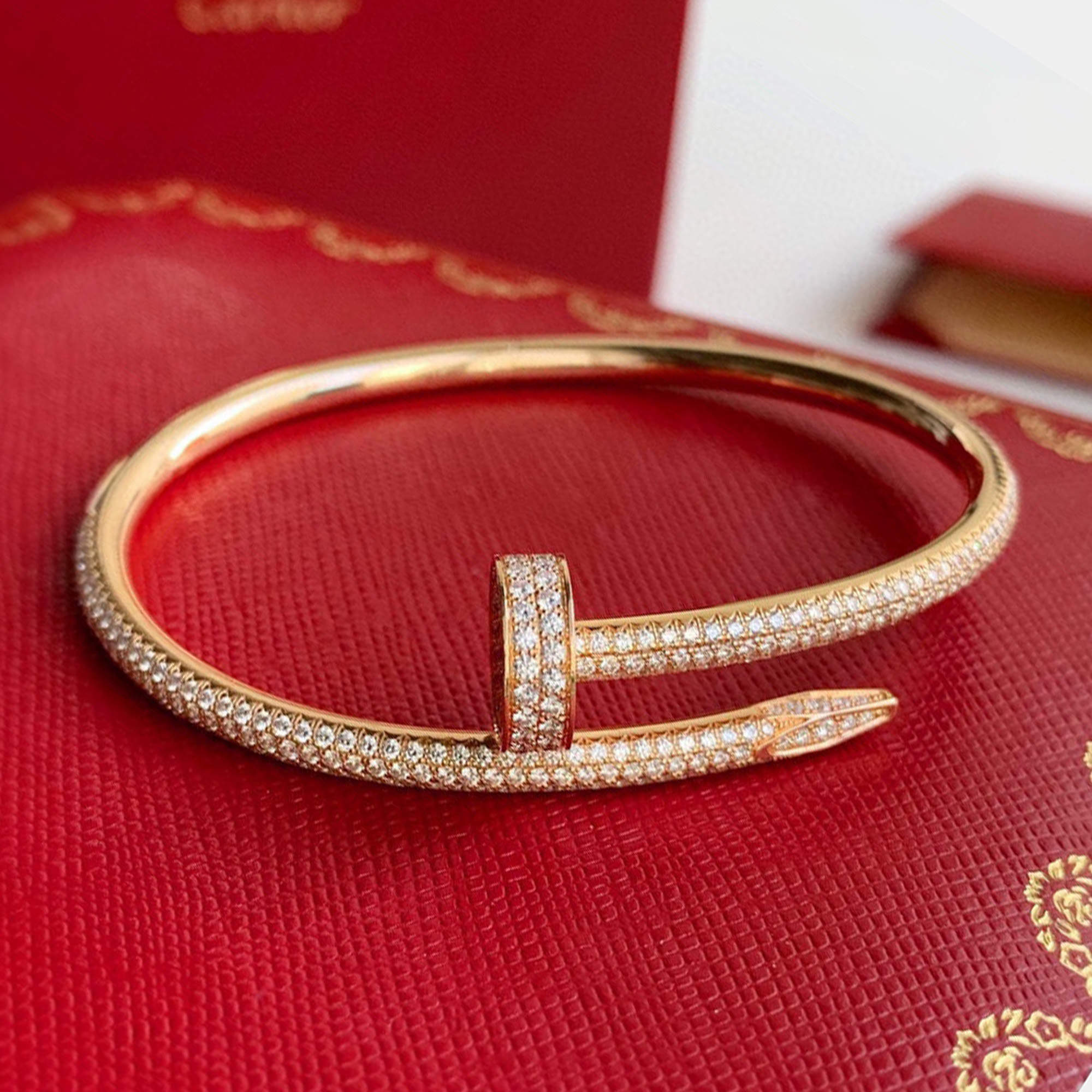
Cartier 18K Rose Gold and Diamond Juste Un Clou Bracelet
The resale impact is not uniform. A gold Cartier piece in excellent condition, with an iconic design (such as the Love bracelet or Juste un Clou), will see greater benefit from rising gold costs than a less iconic, heavily worn piece.
- Time lag & transparency:
Sometimes there’s a lag between the gold price rise and resale prices reflecting that fully. Buyers and resellers may need to provide documentation of gold purity, such as photos, to justify a higher resale value. Additionally, when gold spikes, demand for pre-owned items may increase (because buyers want the gold value plus a discount compared to new), which further supports resale pricing.
- Condition & style still matter:
The resale impact is not uniform. A gold Cartier piece in excellent condition, with an iconic design (such as the Love bracelet or Juste un Clou), will see greater benefit from rising gold costs than a less iconic, heavily worn piece.
- Time lag & transparency:
Sometimes there’s a lag between the gold price rise and resale prices reflecting that fully. Buyers and resellers may need to provide documentation of gold purity, such as photos, to justify a higher resale value. Additionally, when gold spikes, demand for pre-owned items may increase (because buyers want the gold value plus a discount compared to new), which further supports resale pricing.
Comparison: Gold vs. Diamonds vs. Real Estate vs. Stocks |
||||
|---|---|---|---|---|
| Asset Class | YTD Return (2025) | Key Pros | Key Cons | Example Investment Outcome |
| Gold | ~43% ($3,806/oz, Sep 2025) | – Safe-haven asset during crises
– Strong inflation hedge – Highly liquid (bullion, ETFs, jewelry) – Universal acceptance |
– No yield (dividends or rent) – Storage costs for physical gold – Short-term volatility |
$10,000 invested in Jan 2025 (~$2,667/oz) is worth ~$14,300 in Sep 2025. |
| Diamond | ~2–5% ($5,000–$6,000/carat for 1-carat, GIA-certified) | – Aesthetic and cultural value – Portable and durable – Rare stones may appreciate |
– Illiquid; 20–50% resale loss – Opaque pricing – Lab-grown diamonds depress prices |
$10,000 invested in Jan 2025 is worth ~$10,200–$10,500 in Oct 2025; resale may yield less. |
| Real Estate | ~4–6% (median home price ~$420,000, Case-Shiller) | – Tangible asset with utility
– Long-term appreciation – Leverage via mortgages |
– Illiquid; high transaction costs (5–6%) – Sensitive to interest rates – Maintenance/tax costs |
$10,000 down payment on $200,000 property (5% gain) yields ~$10,000 equity, less costs. |
| Stocks (S&P 500) | ~15% (S&P 500 index) | – High long-term returns (8–10% annualized)
– Dividend income (~1.4% yield) – Broad market exposure |
– Volatile; tied to economic risks – Correlated with geopolitical issues – Requires active management |
$10,000 in S&P 500 ETF in Jan 2025 worth ~$11,500 in Oct 2025, excluding dividends. |
Notes:
- Gold: Outperforms in 2025 due to geopolitical risks (e.g., Russia-Ukraine, NATO tensions), weak USD (-9% YTD), and central bank buying (~900–950 tons annually).
- Diamonds: Underperform due to illiquidity and lab-grown competition; resale value is significantly lower than retail.
- Real Estate: Modest gains but hampered by high costs and interest rate sensitivity, despite 2025 Fed rate cuts.
- Stocks: Solid returns but lag gold due to recession fears and geopolitical uncertainty.
When Gold Meets Craftsmanship, the Gold Jewelry Advantage @ The Luxury Closet
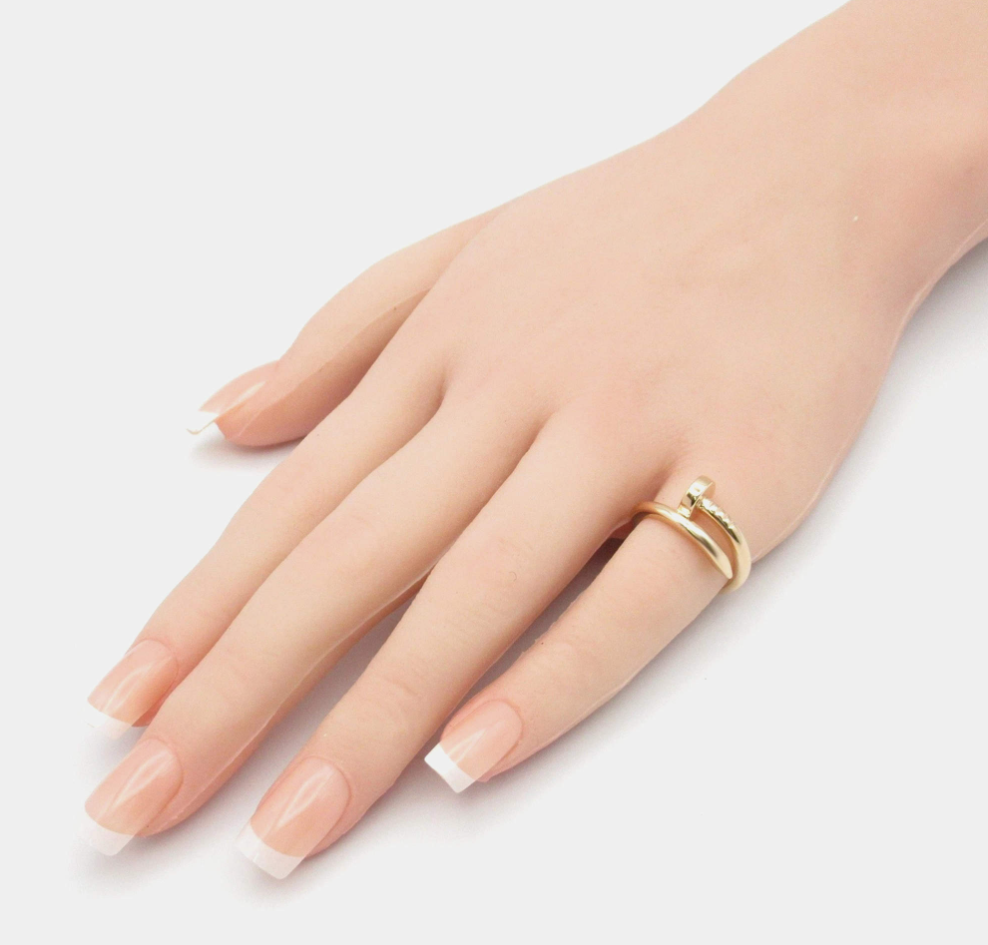
Rising gold prices have supercharged the value of pre-owned gold jewelry. With spot prices at all-time highs, high-end maisons like Cartier, Van Cleef & Arpels, and Bulgari are reaping the benefits, as their pieces marry gold’s intrinsic worth with iconic design. For instance, a pre-owned Cartier Love Bracelet in 18K gold not only holds its market value but often appreciates alongside the metal’s rally. Buyers of pre-owned luxury jewelry snag both a timeless accessory and a tangible investment, blending style with financial savvy—especially as gold’s scarcity (with supply growing at just 1.7% annually) ensures long-term appreciation.
At The Luxury Closet, every piece is authenticated, curated, and delivered with certificates and original packaging, from delicate gold rings for women to statement bracelets. These treasures promise enduring value, while iconic design ensures they remain covetable across generations.
Why merely admire gold from afar? So, why wait? Why procrastinate? Let gold investment be your oyster, and a Cartier love bracelet your prized possession. After all, it isn’t just jewelry — it’s legacy, style, and smart investing, all in one.
Frequently Asked Questions
- What is the current price of a Cartier Love Bracelet in 2025?
The price of a new Cartier Love Bracelet varies depending on the model and the materials used. For instance, as of October 2025, the retail price for Cartier’s classic 18K yellow gold Love Bracelet (ref. B6067517, 6mm width, no diamonds) varies by region due to taxes, import duties, currency fluctuations, and a global price adjustment by Cartier effective May 14, 2025 (7–9% increase). Below are the verified prices based on official Cartier websites, recent reports, and market data:
| Region | Current Price (Oct 2025) | USD Equivalent* | Important Note |
| Europe (EUR) | €8,650 | ≈ $9,428 USD | Includes 20% VAT. Reflects the May 2025 price hike from ~€7,950 in late 2024. |
| United States (USD) | $7,250 | $7,250 USD | Excludes sales tax (6–10% depending on state). Up from ~$7,150 for the small model; classic model adjusted post-May hike. |
| UAE (AED) | AED 29,500–31,000 | ≈ $8,024–$8,432 USD | Includes 5% VAT; range accounts for sizing variations. Duty-free refunds may apply for tourists, up from AED 28,000–30,000 in early 2025. |
Source: Data sourced from official Cartier websites (cartier.com/en-us, cartier.ae), Richemont’s 2025 financial updates, and resale market analyses. Prices exclude the screwdriver tool (~$60–$80) and may vary slightly by size/customization.
- Has the price of gold reached a new high?
Yes, gold prices have recently surged to record levels. As of October 6, 2025, gold prices surpassed $3,900 per ounce, driven by increased demand for safe-haven assets amid global economic uncertainties.
- Do Cartier Love Bracelets hold their value over time?
Generally, Cartier Love Bracelets tend to retain their value well, especially when kept in good condition. Factors such as the bracelet’s condition, presence of original packaging, and current gold prices can influence its resale value.
- How does the rise in gold prices affect the value of pre-owned Cartier jewelry?
The increase in gold prices directly impacts the intrinsic value of gold jewelry. As gold becomes more expensive, the cost of producing gold jewelry rises, which can lead to higher resale values for pre-owned pieces, including Cartier Love Bracelets.
- Where can I purchase authenticated pre-owned Cartier Love Bracelets?
Authenticated pre-owned Cartier Love Bracelets can be found at reputable online retailers such as The Luxury Closet. The platform offers a range of options, often at discounted prices compared to those found in new retail.


